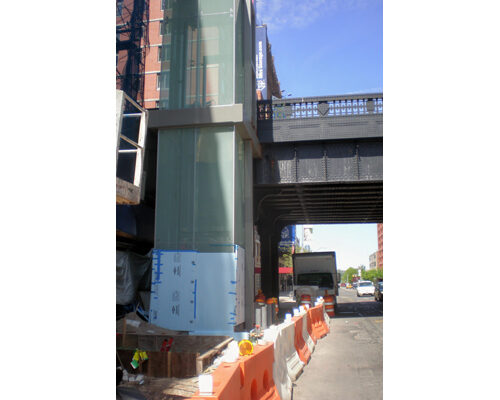Officials with the Environmental Protection Agency plan move to forward with rule making procedures on a controversial new air quality standard, despite industry claims that the agency's data used to develop the rule is flawed.
Gina McCarthy, the EPA's assistant administrator for air and radiation, says the issues raised about the EPA's data will not cause any delays in moving forward with the Mercury and Air Toxic standards rule.
In a May 18 letter to the Utility Air Regulatory Group (UARG), McCarthy acknowledged that an error was made in calculating the mercury maximum achievable control technology (MACT) floor in the standard, issued on March 16. But she said, “We do not expect this change to have any appreciable impact on the controls that will be needed for compliance or on the analyses underlying the proposal.”
Meanwhile, industry sources say the rule, if enacted, could have a stifling effect on the power sector, forcing some plants to shut down early and potentially causing reliability issues.
In a May 6 letter to EPA, the Utility Air Regulatory Group asked the agency to withdraw the proposal because the numbers in the proposal relating to mercury emissions were off by a factor of 1,000. “As a result, the emissions of the unit chosen as the single best performing mercury source are actually 1,000 times higher than those EPA assumed in setting the new source MACT limit for mercury,” UARG wrote.
McCarthy responded that the errors would be corrected within a week. “As usual, we will continue to update the docket as comments come in,” she said.
The long-awaited, and in some quarters, dreaded, proposal, would apply to new and existing electric steam generating units with capacities of 25 megawatts or higher. It takes the place of a rule developed during the Bush administration that ultimately was vacated by the D.C. Circuit Court in 2008.
The new proposal would for the first time establish numeric limits for the amount of mercury and other pollutants released into the air when coal or oil is burned. The EPA says that the new limits would prevent 91% of the mercury from burned coal from being emitted into the air. That reduction would save lives and reduce the number of children with asthma in the United States, EPA says.
The rule is on a fast track. The public comment period began May 3, and the agency held hearings in Chicago, Atlanta and Philadelphia the week of May 23 to elicit feedback. The comment period ends July 5, and a final rule is expected in November.
Jim Hunter, director of the International Brotherhood of Electrical Workers (IBEW)’ utility department, says that the IBEW supports the basic proposal, but not the timeline. He says it typically takes at least 3 to 4 years to build and install air pollution controls at a powerplant. “Having 3 or 4 years to implement [the requirements] or close the plants is simply not enough time,” he says. As a result, more plants may simply opt to shut down, causing “massive job losses,” and grid-reliability issues, he says.
Environmental groups like the Sierra Club support the proposed standard, saying it will save lives and protect pregnant women and children. “We think that if power companies work in conjunction with EPA and with proper oversight, we certainly can achieve these goals,” says Sean Sarah, a spokesman for the Sierra Club.
But industry sources say the rule, if enacted, would lead to plant closures. At the May 24 public hearing in Philadelphia, Scott Segal, director of the Electric Reliability Coordinating Council, a consortium of power-generating companies, said, “EPA's regulations will force plants to retrofit or into retirement, at a cost of about $300 billion in the next five years,” according to likely scenarios outlined by Fairfax, Va.-based ICF International.
He said the errors in the calculations are more significant than EPA acknowledges. “We …contend that errors of this sort constitute a basis for reproprosal. We also believe these and other errors, coupled with the general complexity and cost of the proposal at least justify additional time for the comment period of the proposal to put it on par with other rules the Agency has proposed in recent years.”


















Post a comment to this article
Report Abusive Comment